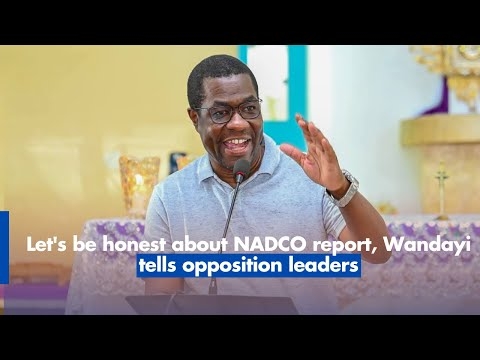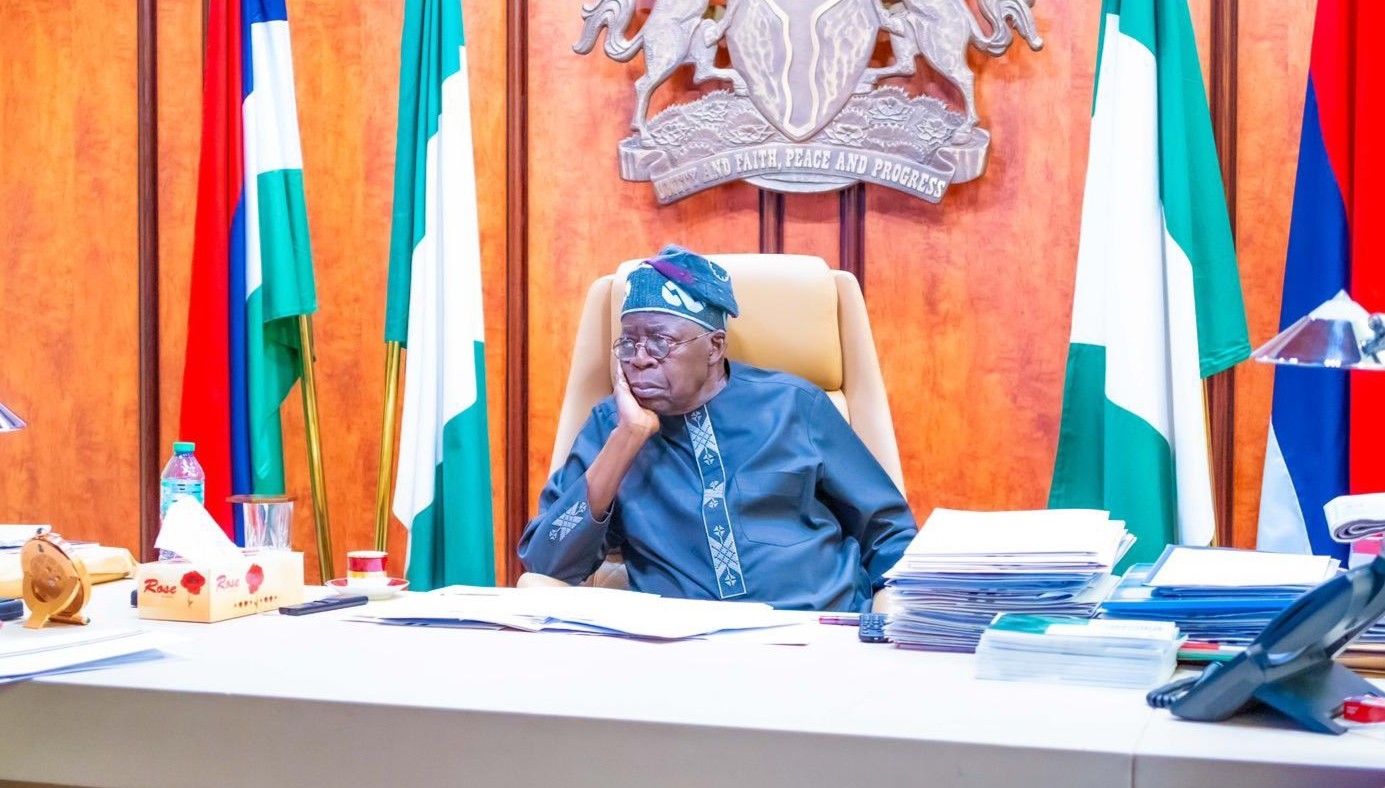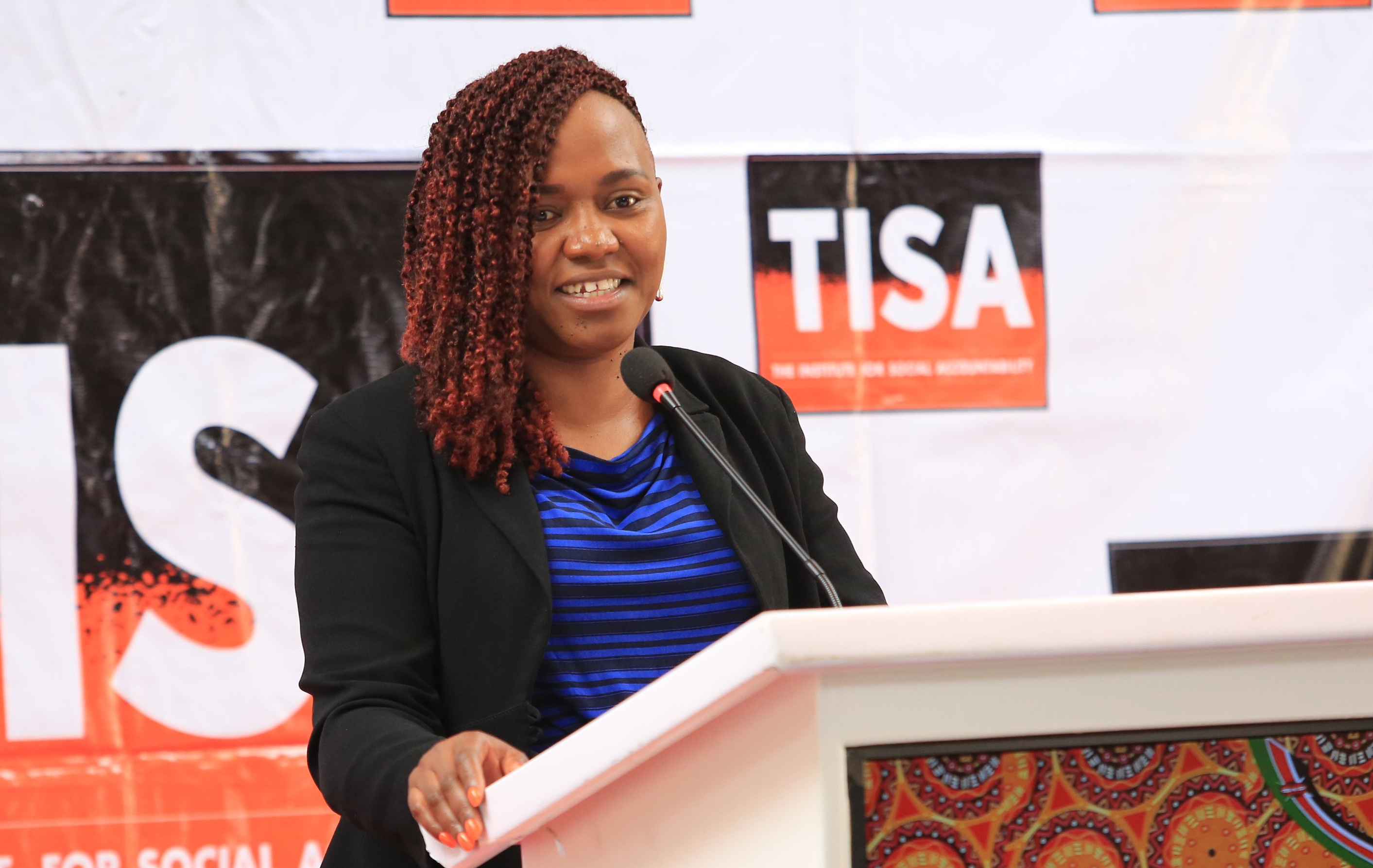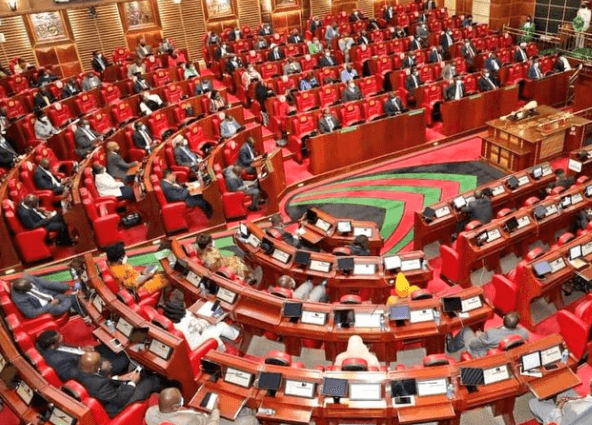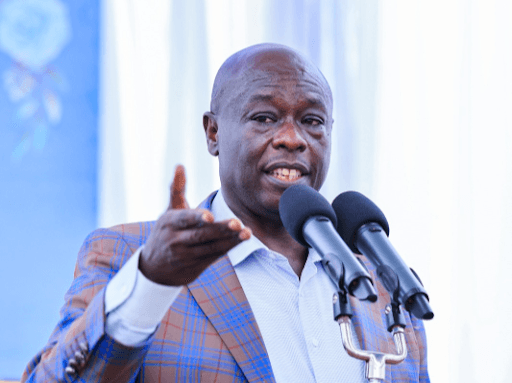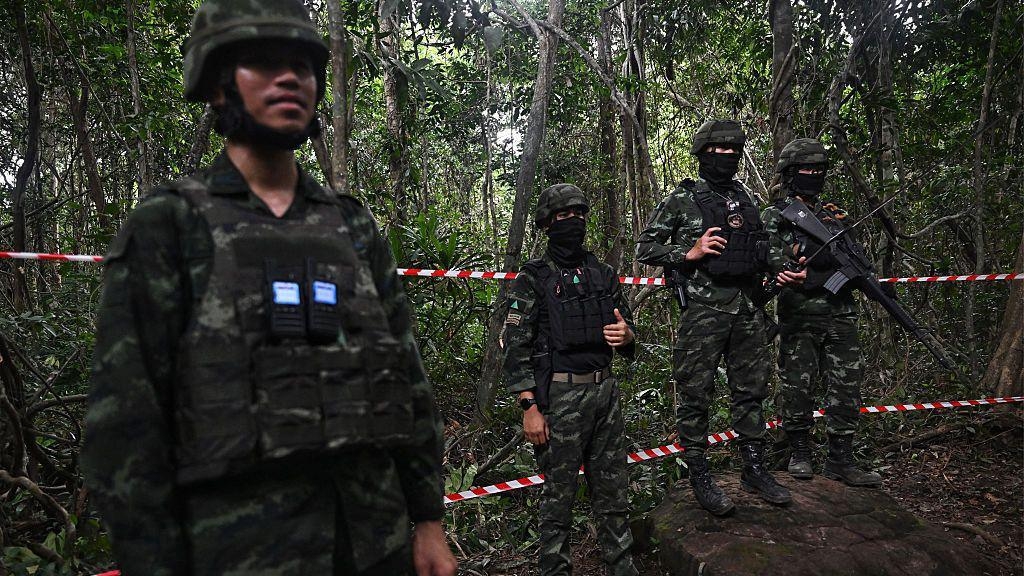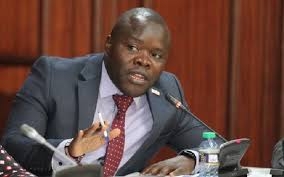 Hon. Mustafa Abdirashid Ahmed MCA Iftin and current Deputy Speaker of Garissa County Assembly./COURTESY
Hon. Mustafa Abdirashid Ahmed MCA Iftin and current Deputy Speaker of Garissa County Assembly./COURTESY
The decision by Senator Gideon Moi, the chairman of the Kenya African National Union (Kanu), to team up with the Kenya Kwanza Government marks one of the most significant political realignments in recent Kenyan history.
For a man who stood as a fierce opponent of President William Ruto in the 2022 elections and beyond, this move speaks volumes about Kenya’s ever-evolving political landscape. It is more than a handshake between two former rivals; it is a calculated shift that reflects the pragmatism, adaptability, and regional balancing acts that continue to define Kenyan politics. In Kenya, alliances are rarely about ideology.
They are built on timing, mutual interest, and the shifting sands of political survival. Gideon Moi’s decision to work with President Ruto must therefore be seen through a strategic lens. Both men hail from the Rift Valley, a region that has historically shaped Kenya’s political destiny. Their newfound unity, after years of rivalry and political tension, is likely to consolidate the vote-rich region behind the current administration.
For President Ruto, this is not merely a symbolic victory, it is a consolidation of his home base and a neutralization of a potential future challenger who carries the weighty Moi legacy and its residual influence.
The historical backdrop makes this alliance particularly significant. In the 2022 general elections, Gideon Moi stood firmly in the Azimio la Umoja coalition, championing Raila Odinga’s presidential bid, while Ruto led Kenya Kwanza to a narrow but decisive victory. At that time, Gideon was among Ruto’s most vocal regional critics. The two represented contrasting political traditions; Moi’s old-guard conservatism and Ruto’s populist “hustler nation” narrative. Yet, politics in Kenya is fluid, and the need to stay relevant in a fast-changing environment often trumps old hostilities.
Gideon Moi’s recalibration signals a pragmatic recognition that in today’s Kenya, isolation is costly and strategic cooperation can preserve both influence and legacy. For President Ruto, the move adds to his image as a reconciliatory and pragmatic leader capable of bridging divides.
Since taking office, Ruto has shown a readiness to work with former opponents, inviting even the fiercest critics to the table in the name of national unity. Welcoming Gideon Moi strengthens that narrative and projects an image of political inclusivity. It also sends a subtle but powerful message to other leaders sitting on the fence, that the Kenya Kwanza tent is large enough for everyone willing to participate in the government’s development agenda. For Gideon Moi, aligning with the government breathes new life into Kanu, a party that has struggled to stay relevant in Kenya’s modern multiparty politics.
Once a dominant force, Kanu had faded into near obscurity, surviving largely on nostalgia and sporadic local support. Through this partnership, Gideon repositions the party at the center of national discourse. It creates opportunities for Kanu loyalists to re-engage in government, potentially reclaiming a role in policy influence and regional representation.
In a sense, Moi’s move might mark the quiet resurrection of Kanu not as a ruling party, but as a meaningful stakeholder in national politics. Still, this realignment has drawn mixed reactions. Critics from the opposition view Gideon’s decision as opportunistic and a betrayal of the remaining Azimio fold.
They argue it dilutes opposition unity and strengthens the government at the expense of accountability. But such criticisms overlook the deeply pragmatic nature of Kenyan politics, where shifting alliances are often driven by survival instincts rather than betrayal. To many, Moi’s move is simply a rational response to political reality, one that could yield tangible benefits for his supporters and his region. The regional implications are particularly profound.
The Rift Valley has long been President Ruto’s political fortress, but it also carries the legacy of the Moi family’s enduring influence. The reconciliation of these two forces potentially eliminates residual divisions within the region and cements its position as the anchor of Ruto’s re-election machinery.
Symbolically, it bridges two generations of leadership; Moi’s political heritage and Ruto’s populist ascendancy, forging a sense of continuity that could resonate strongly with Rift Valley voters ahead of 2027. Nationally, the alliance reshapes the arithmetic of political competition.
If President Ruto maintains the Rift Valley and continues to strengthen his foothold in the Coast, Nyanza, Western, Northern, Nairobi, parts of Eastern and Central Kenya as evidenced, his re-election path becomes significantly clearer.
Kenya’s presidential politics thrives on regional coalitions, and with Moi now on his side, Ruto’s Kenya Kwanza coalition inches closer to becoming a truly national movement. It sends a clear signal to opposition forces that any attempt to challenge the incumbent in 2027 will require more than rhetoric, it will demand a fresh strategy capable of matching the government’s expanding coalition of support. Beyond the electoral calculus, this alliance speaks to Kenya’s growing political maturity.
It underscores an evolving understanding that politics need not be perpetual confrontation but a space for negotiation and consensus. The Moi-Ruto partnership, if managed wisely, could contribute to greater regional stability and political coherence. It may also help temper ethnic rivalries, as two leaders who once embodied competing power centers now champion unity for shared progress. However, the real test lies in whether this alliance will deliver tangible benefits for ordinary Kenyans. Symbolic unity must translate into improved governance, economic growth, and equitable development.
The public will be watching closely to see if this collaboration brings renewed focus to the issues that matter; job creation, food security, infrastructure, and social welfare. If it does, the alliance will stand as a testament to the power of reconciliation and cooperation. But if it devolves into a mere political arrangement for convenience, it risks being dismissed as another episode in Kenya’s long history of transactional politics.
Ultimately, Gideon Moi’s decision to work with President Ruto is more than a personal or regional pact, it is a reconfiguration of Kenya’s political chessboard. It strengthens the ruling coalition, revives an iconic party, and challenges the opposition to rethink its strategy. Whether this will go down as a masterstroke of unity or a short-term tactical move will depend on how the two leaders leverage this newfound cooperation.
For now, it stands as a reminder that in Kenyan politics, yesterday’s rival can indeed become today’s ally and in that fluidity lies both the genius and the unpredictability of our democracy.
The author is the MCA for Iftin ward and Deputy Speaker Garissa County Aasembly. A columnist and A playwright.



